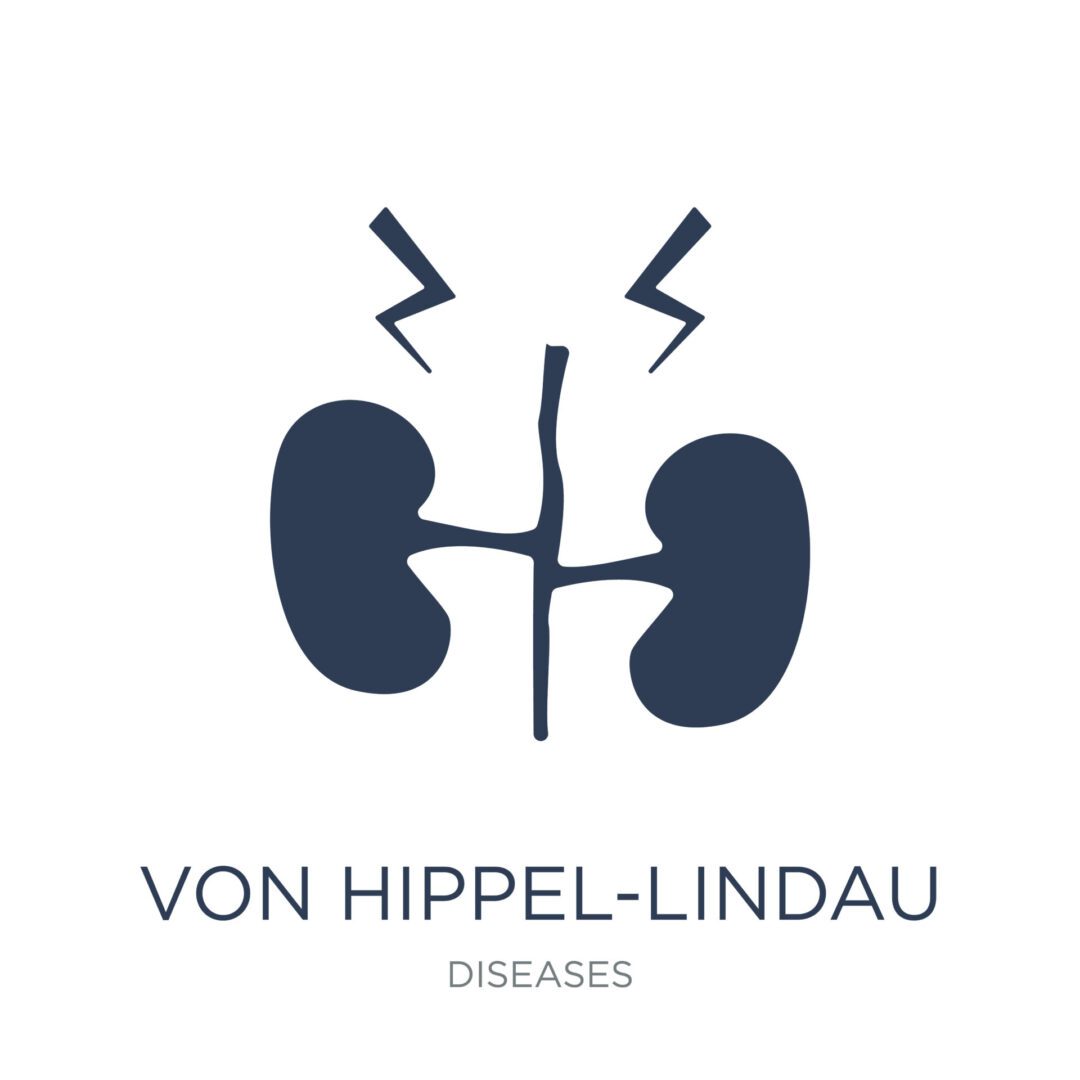Search by Color or Cause


Von Hippel-Lindau Awareness Month is observed during the month of May. People who have VHL disease may experience tumors and/or cysts in up to ten parts of the body. This includes the brain, spine, eyes, kidneys, pancreas, adrenal glands, inner ears, reproductive tract, liver, and lung. Von Hippel-Lindau is considered one of a group of familial cancer risk factors, which are transmitted genetically. The objective of treating this disease is to find tumors early, watch for signs that a tumor is growing, and remove or disable the tumor before it invades other tissues. In addition, benign tumors may also need treatment or removal if their growth causes symptoms.
Von Hippel-Lindau (VHL) is represented by the color green. Wear a green enamel awareness ribbon pin for Von Hippel-Lindau (VHL) Awareness Month. Or, wear a fabric ribbon in the color green. A third option is a silicone awareness wristband bracelet. All awareness products are available in both a non-personalized and personalized version.
VHL or von Hippel-Lindau disease is an autosomal dominant genetic condition resulting from a deletion or mutation in the VHL gene. VHL disease effects 1 in 36,000 people (10,000 cases in the U.S and 200,000 cases worldwide) and 20% of patients are first-in-family or de novo cases. The mean age of onset of 26 years and 97% of people with a VHL gene mutation have symptoms by the age of 65. VHL disease affects males and females and all ethnic groups equally, and occurs in all parts of the world.
People who have VHL disease may experience tumors and/or cysts in up to ten parts of the body, including the brain, spine, eyes, kidneys, pancreas, adrenal glands, inner ears, reproductive tract, liver, and lung:
Most of these VHL tumors are benign, but that does not mean they are problem-free. In fact, benign VHL tumors can still be very serious. As they grow in size, these tumors and the associated cysts can cause an increased pressure on the structure around them. This pressure can create symptoms including severe pain or worse.
Further, VHL disease is different in every patient, even within the same family. Since it is impossible to predict exactly how and when the disease will present for each person, it is very important to check regularly for possible VHL manifestations throughout a person’s lifetime.
Currently, a drug (pharmacological) treatment is not available; surgical removal is the method of treatment. An organ sparing approach is the best method for reducing irreparable damage while minimizing the need for organ removal. For this reason, Active Surveillance Guidelines were developed to make sure VHL tumors can be found and managed appropriately. With careful monitoring, early detection, and appropriate treatment, the most harmful consequences of this gene mutation can be greatly reduced, or in some people, completely prevented.
Lastly, because VHL disease can cause malignant tumors, it is considered one of a group of familial cancer risk factors, which are transmitted genetically. The objective is to find tumors early, watch for signs that a tumor is growing, and remove or disable the tumor before it invades other tissues. Benign tumors may also need treatment or removal if their growth causes symptoms.